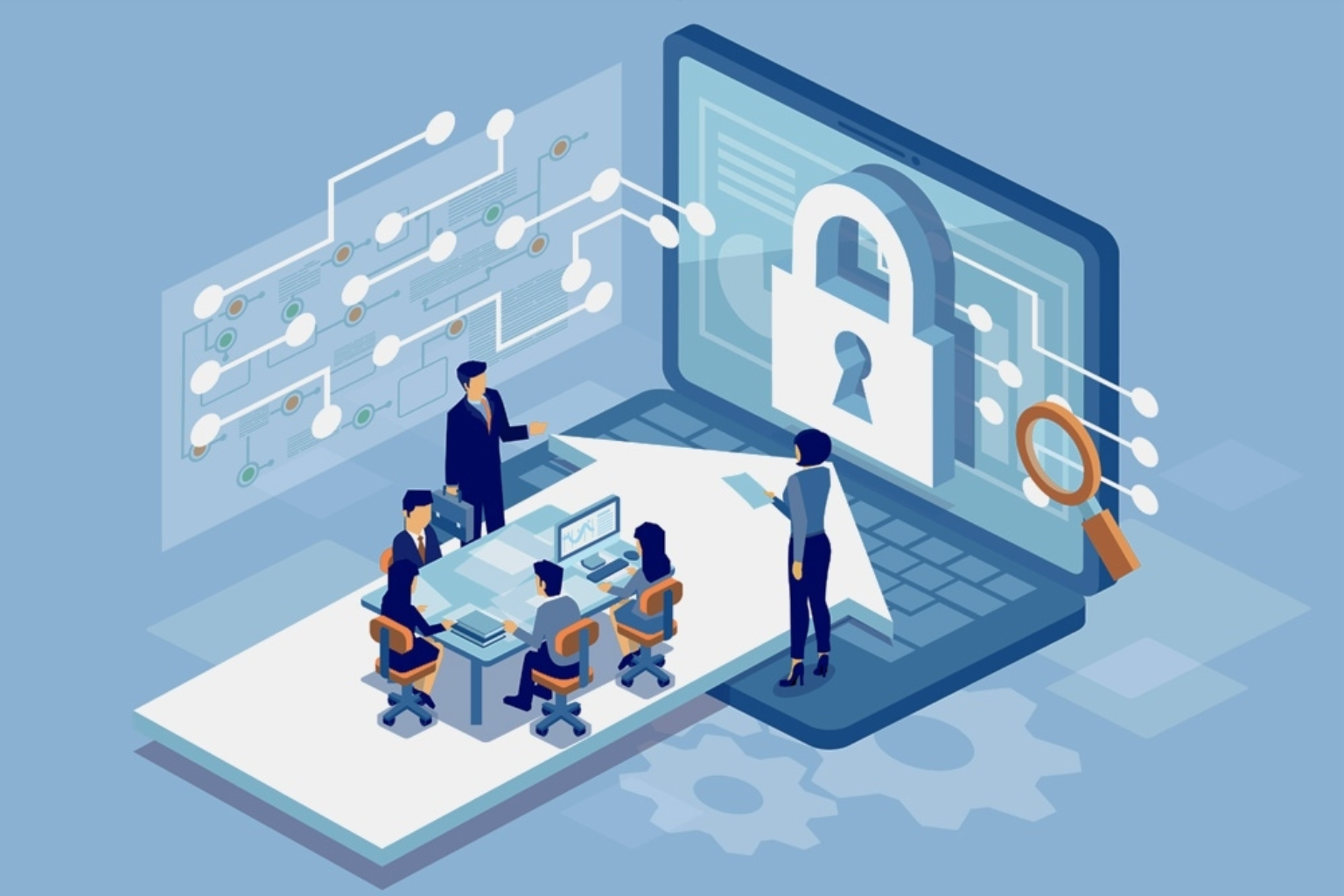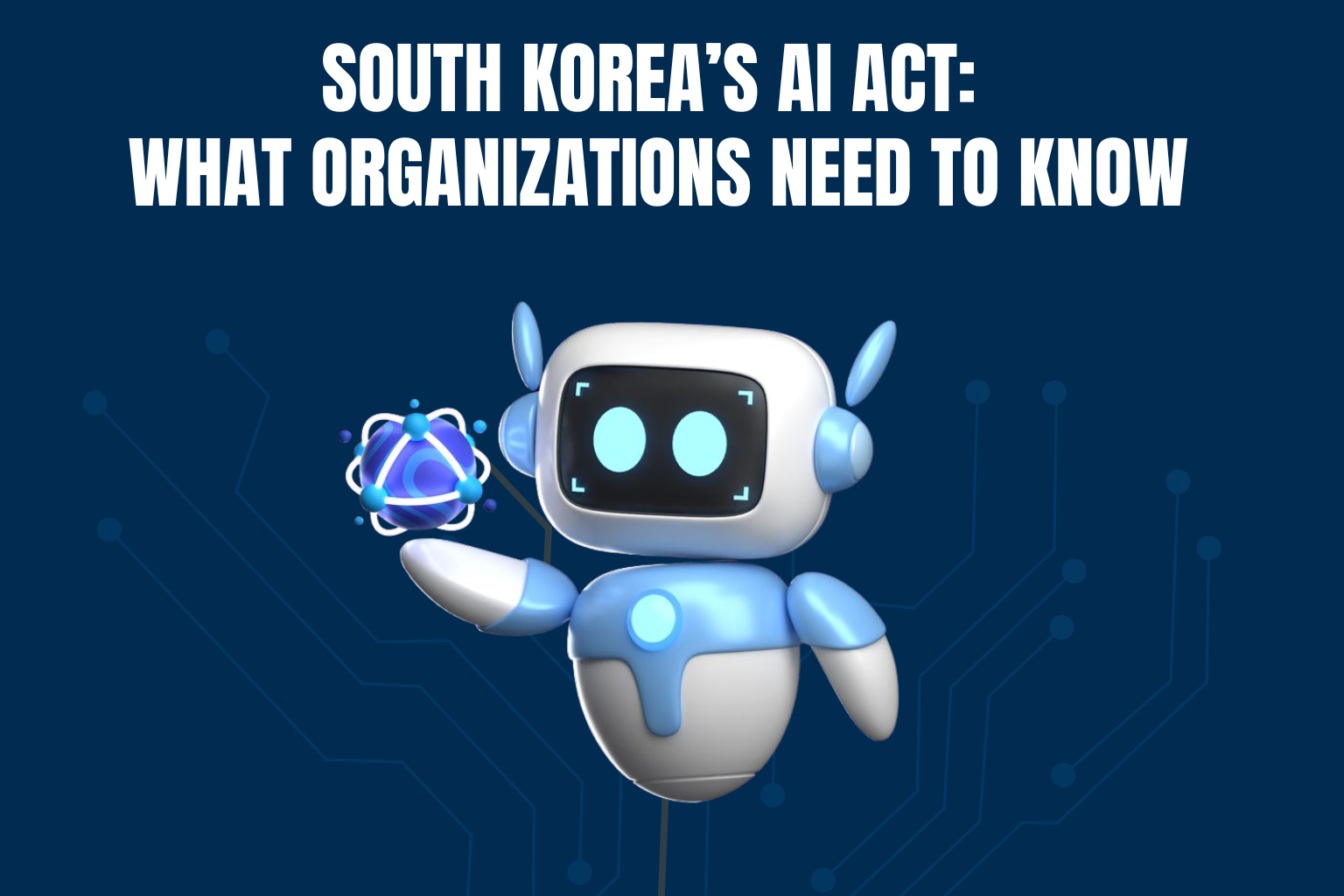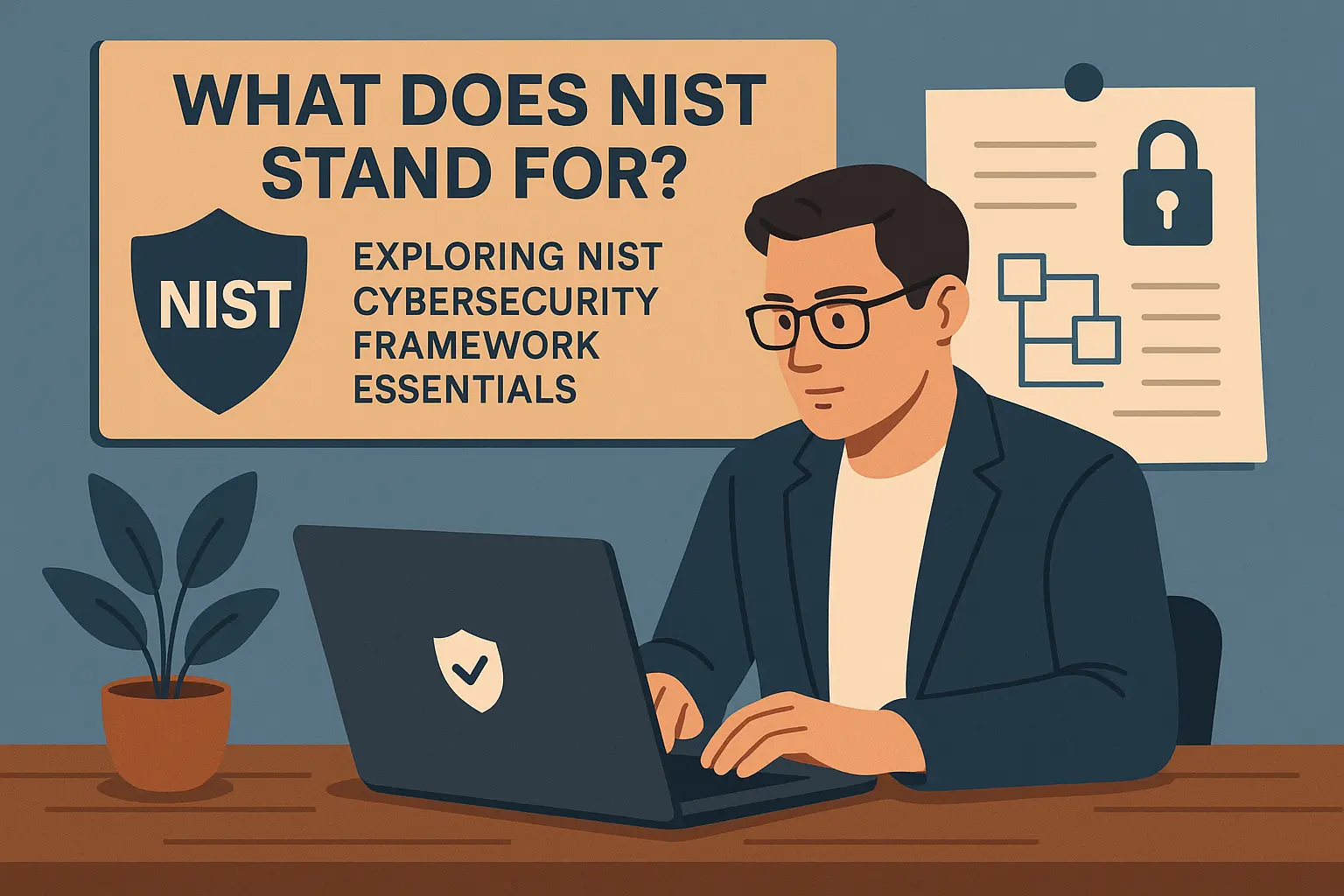
What Does NIST Stand For? Exploring NIST Cybersecurity Framework Essentials
Do you sometimes get overwhelmed with all the cyber threats out there? The NIST Cybersecurity Framework is there to fill that gap, like an instruction manual on how to keep your business secure. NIST is an acronym for the National Institute of Standards and Technology in the US, which provides standards related to technology and security.
This framework is widely known as the NIST CSF or the NIST framework and assists companies in identifying risks and developing better strategic defenses. It is optional but extremely helpful to any person dealing with data, particularly with the GDPR and DPDP Act nudging privacy along.
Redacto, a privacy platform using AI, can make the process of complying with NIST easier by automating tasks such as data discovery to achieve compliance with the rules.
In this guide, we shall clarify what the NIST Cybersecurity Framework is, its organization, and how to begin to use it. Hang on and see how it relates to practical requirements, such as alignment with CCPA or HIPAA.
What is the NIST Cybersecurity Framework?
NIST is the abbreviation of the National Institute of Standards and Technology, which is a division of the U.S. Department of Commerce. They developed the NIST Cybersecurity Framework in 2014 under the presidential directive to enhance cyber defence in the key sectors. You could essentially think of it as guidelines, rather than rules, and help businesses to deal with risks.
Commonly referred to as NIST CSF, this framework revolves around NIST cybersecurity and the need to enhance organizational protection against hacks, data breaches, etc. It is voluntary, and you are not under the law to follow it, but many companies do as it is international. To explain, it assists with adhering to laws such as GDPR in Europe or DPDP Act in India, where the privacy of data is a huge concern.
Moreover, it is frequently edited, such as the latest edition, including additional information about supply chain risks. By associating NIST with regulations such as CCPA, you can avoid financial penalties and gain consumer confidence in industries such as banking or health.
Core Structure of the NIST Framework
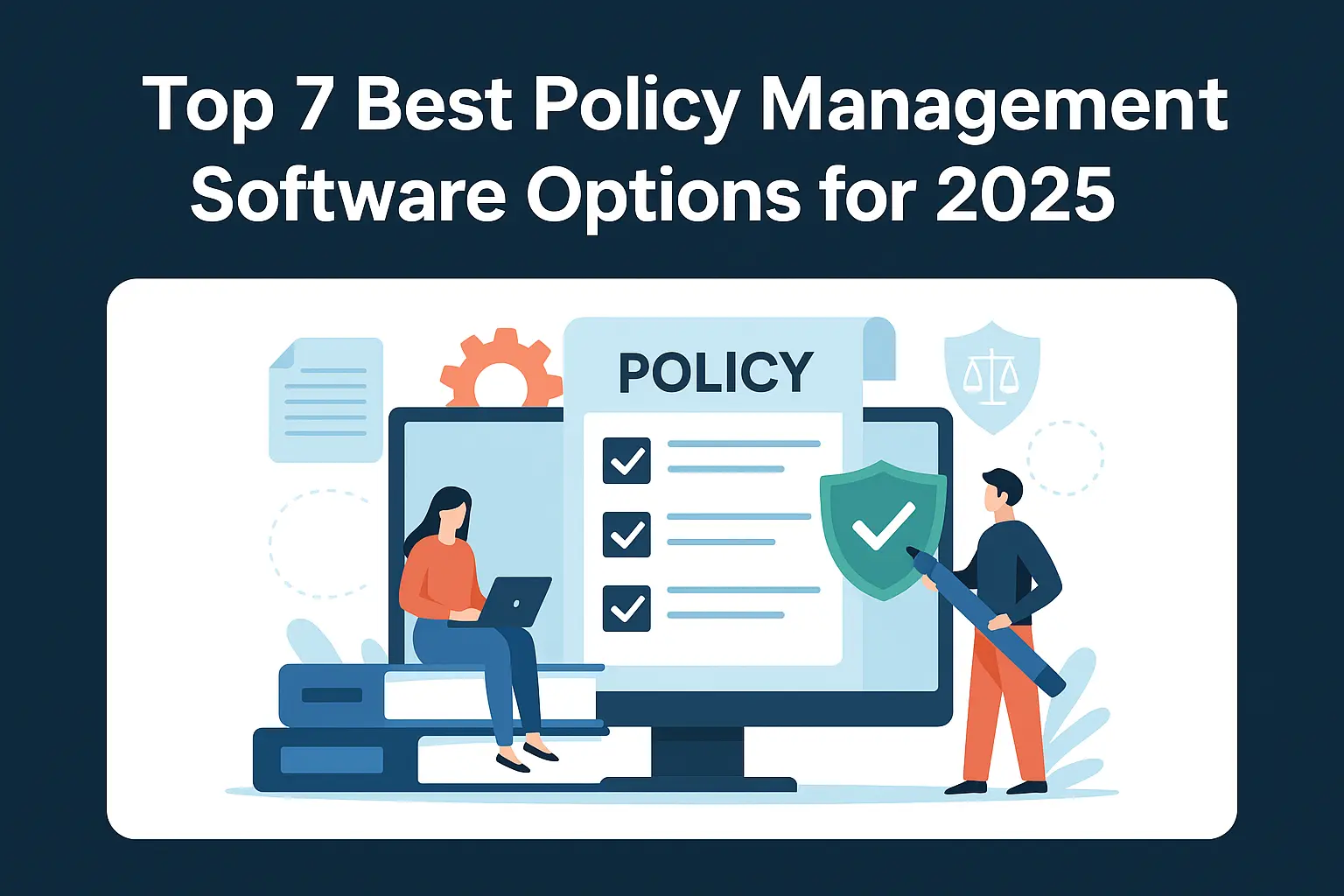
The NIST Cybersecurity Framework is built around a clear structure to make NIST cybersecurity straightforward. At its heart are five main functions that guide you through managing risks. These work together like steps in a cycle, helping with everything from spotting issues to recovering from them. It's flexible, so you can adapt it to laws like GDPR or DPDP Act.
- Identify: This function helps you understand your assets, like data and systems, and spot risks. For example, map out sensitive info to comply with CCPA. It builds a foundation for the rest, ensuring you know what to protect.
- Protect: Here, you set up safeguards like access controls or training. Think firewalls and encryption to meet DPDP Act rules. It keeps threats out and supports safe data handling in everyday operations.
- Detect: Focus on watching for problems in real-time, like unusual activity. Tools scan for breaches, aligning with GDPR monitoring needs. Quick detection means less damage from cyber events.
- Respond: When something goes wrong, this guides your reaction plan. Communicate with teams and fix issues fast, as required by HIPAA. It minimizes impact and keeps things running.
- Recover: After an incident, restore normal ops and learn from it. Update plans to avoid repeats, tying into ongoing compliance with laws like CCPA. It builds long-term strength.
Implementation Tiers: How to Get Started with NIST CSF
Getting going with the NIST CSF doesn't have to be tough—it's about starting small and building up. The framework uses tiers to measure your progress, from basic to advanced. These help you assess where you stand and improve over time, especially for staying compliant with laws like GDPR, DPDP Act, or CCPA. Think of it as levels in a game: aim higher for better protection. Tools like Redacto's Data Discovery can simplify this by automating risk spotting in the Identify phase.
Tier 1: Partial
In this entry-level role, your cyber practices are fundamental and responsive, such as responding to threats when they appear. It is usual among small teams with no specific plans. To get higher, begin charting risks to cover DPDP Act fundamentals-center on awareness and plain policies.
Tier 2: Risk Informed
In this case, you understand your risks and have some processes, yet they are not completely consistent. Prioritize business needs by GDPR. Add standard review practice and training to create repetition without having to complicate things.
Tier 3: Repeatable
Your approach is now systematic and uniform throughout the organization. Policies are written, and you combine such programs as CCPA with NIST by regularly monitoring. Automation tools, Vendor Risk Management, such as Redacto, is an example of such tools that score risks of third parties reliably.
Tier 4: Adaptive
The top tier means you're proactive, using data and lessons learned to evolve constantly. Adapt to new threats like AI hacks while complying with HIPAA or the DPDP Act. It involves advanced analytics and quick adjustments for the best resilience.
Steps to Implement NIST CSF
Ready to put the NIST CSF into action? These steps provide a clear path, building on the tiers and functions. Follow them to create a tailored program that supports compliance with laws like GDPR, DPDP Act, and CCPA. Start with your team's input for the best fit.
- Prioritize and Scope: Begin by identifying your business goals and critical assets, like key data systems. Scope the framework to match your size and risks, ensuring it aligns with DPDP Act requirements without overwhelming resources. This sets a focused foundation for success.
- Orient and Assess: Review your current cybersecurity setup against NIST functions. Use simple assessments to spot strengths and gaps, tying into GDPR monitoring. Gather team input to make it relevant and actionable for your organization.
- Create Profiles: Build a current profile of your practices and a target one for improvements. Focus on risk tolerance and priorities, ensuring alignment with CCPA or HIPAA. This roadmap guides your next moves clearly.
- Analyze Gaps and Implement: Compare profiles to find differences, then create action plans with timelines. Roll out changes like better detection tools, tracking progress for ongoing GDPR and DPDP Act compliance. Adjust as needed for results.
Conclusion
The NIST Cybersecurity Framework offers a straightforward way to handle risks and stay compliant with laws like GDPR, DPDP Act, CCPA, and HIPAA. By following its functions, tiers, and steps, you can build stronger defenses without the hassle.
Remember, starting small leads to big wins in NIST cybersecurity. Check out resources from Balbix or IBM for more, and explore tools like Redacto to automate compliance—it's a smart next step.
FAQs
What is NIST?
NIST is the National Institute of Standards and Technology, a U.S. agency focused on tech standards. It develops tools like the NIST Cybersecurity Framework to help businesses manage risks and align with laws such as GDPR and DPDP Act effectively.
What does NIST stand for?
NIST stands for National Institute of Standards and Technology. This government body creates guidelines, including the NIST framework, to improve cybersecurity practices and support compliance with global regulations like CCPA, HIPAA, and the DPDP Act.
What is the NIST Cybersecurity Framework?
The NIST Cybersecurity Framework, or NIST CSF, is a flexible guide with five functions to manage cyber risks. It helps organizations protect data and comply with laws like GDPR and DPDP Act through structured, adaptable steps.
How does the NIST framework help with GDPR compliance?
NIST aids GDPR by mapping risks in the Identify function and setting protections like data controls. It ensures ongoing monitoring and response, aligning with GDPR's privacy rules to avoid fines and build trust.
Can tools like Redacto integrate with NIST CSF?
Yes, Redacto integrates by automating data discovery and vendor risk management in NIST's Identify and Protect functions. This supports compliance with DPDP Act, GDPR, and CCPA, making implementation smoother and more efficient.




%20Redacto%20logo_New.png)


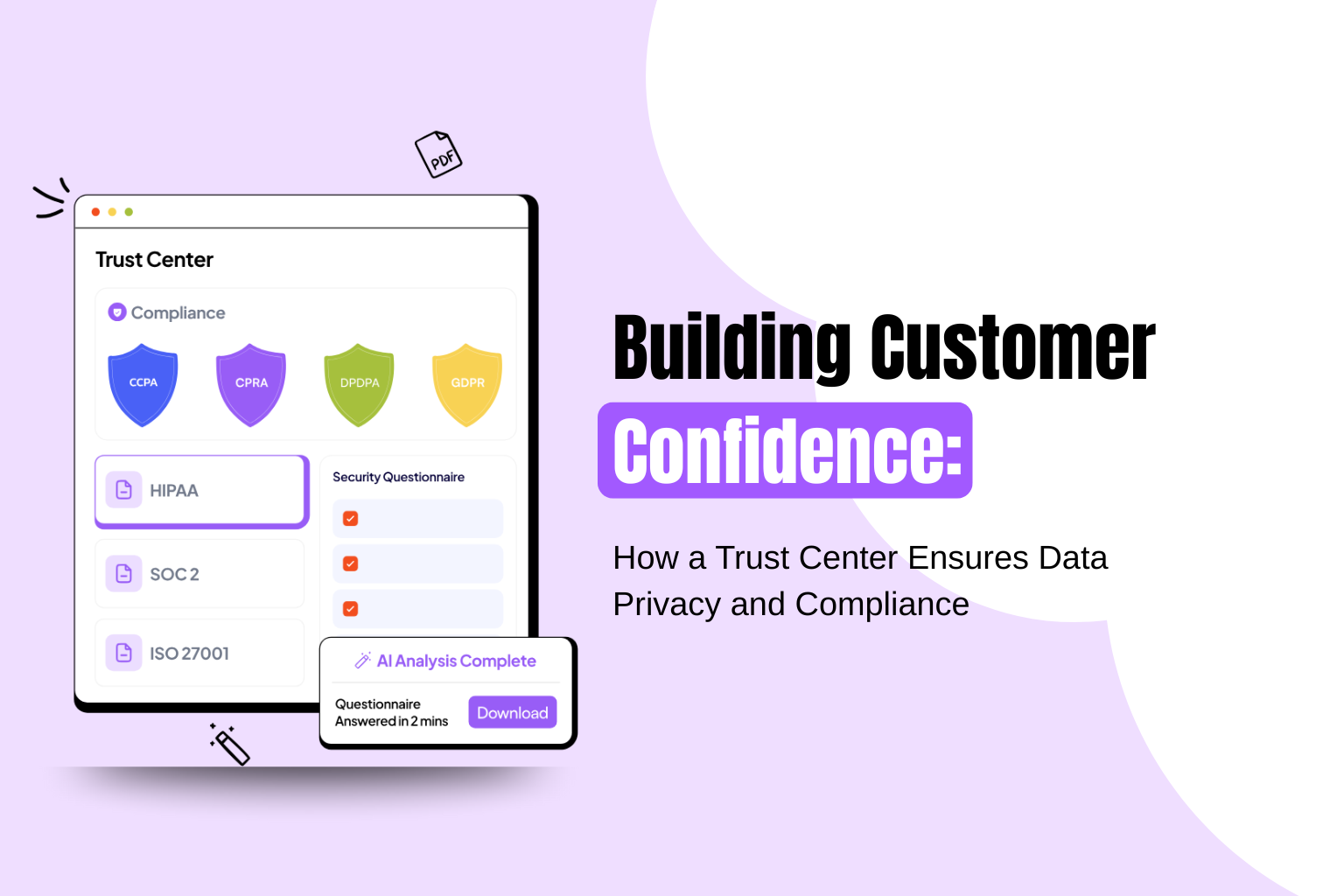
.jpg)
